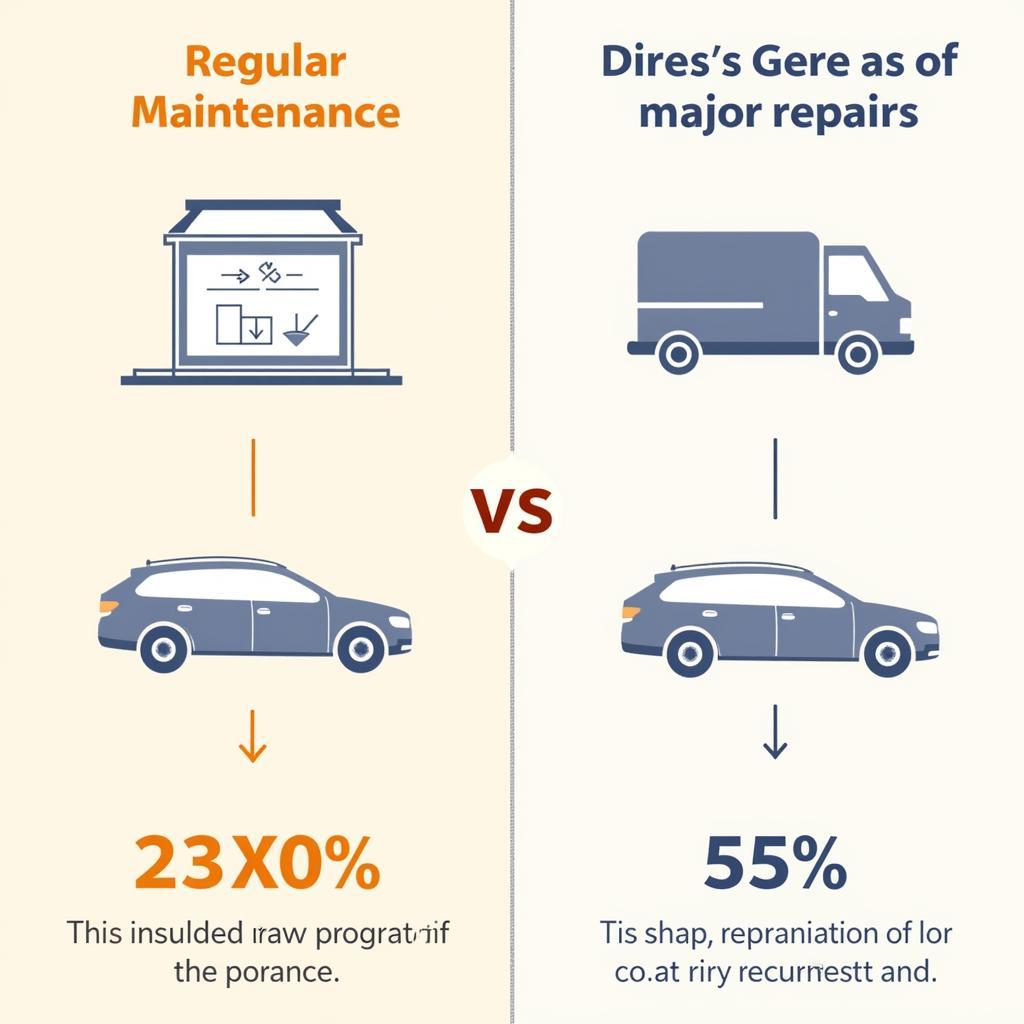Car starter problems can be a real headache, leaving you stranded and frustrated. Whether you’re a car owner, a mechanic, or an automotive technician, this guide will equip you with the knowledge to diagnose and troubleshoot these issues effectively. We’ll cover everything from the simple to the complex, empowering you to get your car back on the road.
A faulty starter can manifest in several ways, from a complete no-start to a slow crank or a clicking sound. Understanding the underlying causes is crucial for effective repair. good excuses to call off work car problems can be avoided with a little proactive maintenance and troubleshooting.
Common Causes of Cars Starter Problems
Several culprits can contribute to Cars Starter Problems. Let’s explore some of the most common ones:
Dead Battery
A dead battery is often the primary suspect when your car won’t start. It’s essential to check the battery’s voltage using a multimeter. A reading below 12.6 volts indicates a weak or dead battery.
Corroded Battery Terminals
Corrosion on the battery terminals can disrupt the electrical connection, preventing the starter from receiving sufficient power. Cleaning the terminals with a wire brush and baking soda solution can often resolve this issue.
Faulty Starter Motor
If the battery is fine, the starter motor itself might be the problem. A worn-out starter motor may exhibit symptoms like slow cranking, grinding noises, or clicking sounds.
Bad Starter Solenoid
The starter solenoid acts as a relay, engaging the starter motor. A faulty solenoid can prevent the starter from engaging or cause it to stick.
Ignition Switch Problems
The ignition switch provides power to the starter solenoid. A malfunctioning ignition switch can prevent the starter from receiving the necessary signal to engage.
Troubleshooting Cars Starter Problems: A Step-by-Step Guide
Before you start, ensure safety by disconnecting the negative battery cable.
-
Check the Battery: Test the battery voltage using a multimeter. If it’s low, try jump-starting the car. If the car starts, the battery likely needs replacement or charging.
-
Inspect Battery Terminals: Look for corrosion on the battery terminals. Clean them if necessary.
-
Test the Starter Motor: If the battery is good and the terminals are clean, the next step is to test the starter motor. You can do this by using a remote starter switch or by bypassing the solenoid.
-
Check the Starter Solenoid: If the starter motor doesn’t engage, the solenoid might be faulty. You can test it using a multimeter.
-
Inspect the Ignition Switch: If all other components check out, the ignition switch might be the culprit. Test it using a multimeter or by checking for power at the starter solenoid wire.
Have you ever been stuck with a car that won’t start? It’s a frustrating experience, especially when you’re in a hurry. But don’t despair! good excuses for car problems can always be found.
“A thorough inspection of the starting system components is crucial for accurate diagnosis,” advises John Smith, a seasoned automotive electrician with over 20 years of experience. He emphasizes the importance of systematic troubleshooting to avoid unnecessary part replacements. “Don’t jump to conclusions – a methodical approach will save you time and money.”
Conclusion
Cars starter problems can range from simple battery issues to more complex starter motor or solenoid failures. By following the troubleshooting steps outlined in this guide, you can identify the root cause and implement the appropriate solution. Remember, safety first – always disconnect the negative battery cable before working on your car’s electrical system. If you are still experiencing issues, connect with AutoTipPro at +1 (641) 206-8880 or visit our office at 500 N St Mary’s St, San Antonio, TX 78205, United States.
If your car won’t start and you’re looking for a believable excuse, check out some believable car problems. Sometimes, even simple car repair problems reddit excuses can save the day. However, if my car has no problems but is not passing inspection, it’s crucial to address the underlying issue.







Leave a Reply